Ever seen a 4 year old do one of those “it’s not fair” tantrums? (No? Good for you…) What I’m gonna say may (or may not!) lead to a similar reaction, but don’t fret- it can be worked out! So, here it goes…
Did you know that even if you never missed a payment your credit score may still be below 650?
Credit models do not only look at your timely payments when they calculate your credit score. They look at many factors.
Here’s a few simple tricks on how to increase your credit score quickly.
Credit Utilization
What is credit utilization? Credit utilization is how much of your credit limit you spent already.
The less you spend with your card (meaning, the lower your balance), the higher your credit score will be. Every card has its own magic number of how much to spend.
Now, if you search the web for “how much of my credit limit should I spend?” you’ll see the number 30% being thrown around. That number isn’t 100% correct- only Experian and certain scoring models, go according to that.
According to Equifax and TransUnion (aka majority), the recommended percentage of how much you should spend is 9%.
Let’s say your credit limit is $1,000. 9% of that would be $90.
So, for your first tip:
1. Review your credit report
Check through your accounts and balances and make sure they are all below the 9% mark. If they are, then that’s good. If they’re above the 9% mark, there’s what you should work on! Pay off your balances and wait till it gets reported to the credit bureaus that you paid.
At that point, your credit should shoot up. (I once saw it shooting up by more than 100 points!!) Moving forward, be sure to keep an eye out if you spent 9% already.
Read this post for cool tips on how to get your new utilization reported to the credit bureaus asap.
2. Spread out your charges
By spreading out your charges on various cards, you’ll end up with a lower balance on each one. This will ensure that you don’t max out the limit, which keeps your credit score in check
What if I don’t have the funds?
3. If you have a business credit card, transfer the balance to another business credit card.
This will help you because most business cards don’t report the balances to the credit bureaus- see a complete list here. By transferring your balances, you’re removing the balance from your credit report.
If you don’t have a business credit card, you may want to try getting approved for one. You can check out many Business credit card options here.
4. Asking for a credit increase
Try to ask your bank for a credit increase. This will help you with your credit utilization and will help you build better credit, faster. There are banks that will give you a credit increase without making a credit check. Check out a list here.
Please note, however, that sometimes, asking for a credit card limit increase may result in a hard inquiry on your credit reports. After all, the issuer is considering you for a larger line of credit. The process is similar to applying for a credit card.
Although a hard inquiry might lower your credit scores slightly (though not always), any negative effect is often outweighed in the long run by the benefits of a higher credit limit. (Remember that credit utilization ratio we discussed earlier?) In the long run, hard inquiries aren’t all that bad. They’ll only affect your FICO credit scores for one year, and only be seen on your credit report for two years.
When to ask for a credit increase?
- When you’ve recently gotten a raise. An increase in income means you’ll be able to cover an increase in credit card expenses. You’ll have a better chance if the account has been open for at least six months to a year.
- When your credit is good. A good credit score signals to your credit card issuer that you’re responsible with borrowed money. Therefore, you’re more likely to make payments on time and understand how much you can afford to charge each month. Check out a list of places where you can get your accurate credit scores here.
- When you have a good track record. If you’ve made all of your payments on time and never maxed out your card, you’re more likely to get approved for a limit increase. (Late payments and high credit utilization can suggest someone having money troubles.)
5. Reactivate old or unused credit cards
A very important factor in how to have excellent credit is having a long credit history. Therefore, if your first credit card is less than a year old, don’t expect your credit to be too high. Moreover, if you have an old credit card but did not use it in the past few months, FICO will look at it as an inactive account and not count it as a positive account.
If that is the case, then just start using the credit card again and once it gets reported as used, your score will go back up. If you have old accounts that you closed, then you might want to call the bank to ask if they can reopen the closed accounts.
6. Piggybacking credit (Authorized User)
A common and quick way to boost your credit score fast is by adding yourself as an authorized user to someone else’s account. Obviously, make sure that account is an old account and has a good payment history. Once that account reports, you should see your score go up a lot.
For more on piggybacking read: Piggybacking Credit- Everything You Need to Know
(Piggybacking does not work with the Fico 08 or newer model, see more details here)
7. Get more credit cards to change your score card.
It’s an interesting concept used when it comes to calculating credit scores. The FICO scoring model is built in a way that it groups people with similar credit files and similar credit history, into categories.
Let’s say Mr. A has 8 open cards, the oldest is 10 years old, and he made 3 late payments- but 4 years ago. FICO will match him up with other people with a similar credit history. FICO will then look at the average percentage of the people in this group that have defaulted on a payment. They will calculate your score based on that percentage.
These groups are known as scorecards. Each FICO scoring model has about 10-12 different scorecards aka categories.
A person’s credit score will be affected by a missed payment based on the scorecard he falls into.
For example, if you don’t have any late payments on your report, and your account is open for 10 years already, your first late payment will have a smaller effect on your credit score.
If someone has a history of making late payments, they’ll be categorized according to that, and their score will be more affected.
Score card are categorized based on
- The number of accounts you have in total
- Age of your oldest account
- Type of tradelines you have
- How many late payments you had in the past
- And more
This can be used to your advantage! If you open more credit cards, you may be brought in to a new (& better) scorecard as the “total number of accounts” will change.
There are some other ways of changing scorecards:
- Having at least one open installment loan. This is a loan that is repaid over a certain amount of time, with a certain amount paid per month. For example, mortgages and car loans.
- Having at least one credit card with a zero balance.
- Getting added as an AU to a credit card that is older than your own oldest credit card (for mortgage loans only).
8. Checking your credit report
Of course, you also want to check your credit report to make sure there are no negative errors found on your credit report. A Federal Trade Commission Study in 2013 found that one in four consumers found errors on their credit reports that could impact their credit scores.

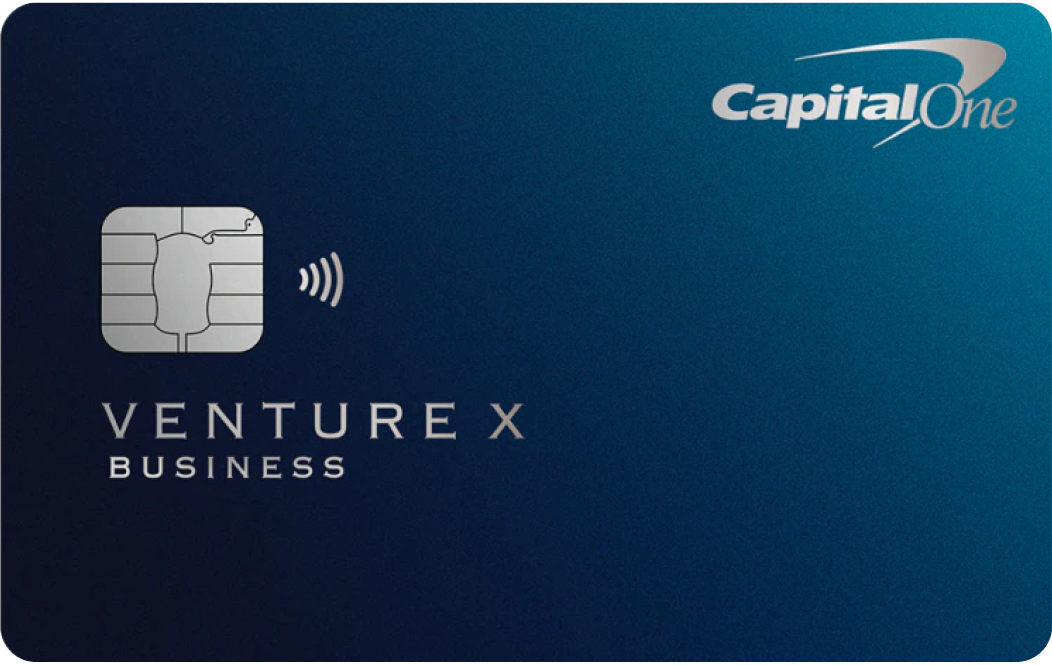

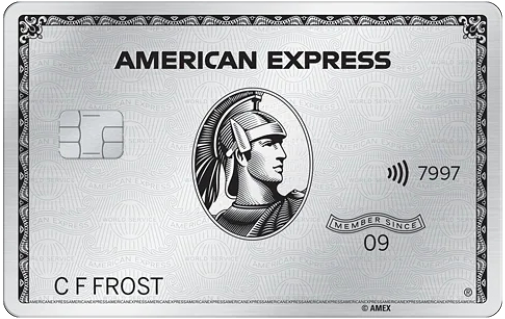
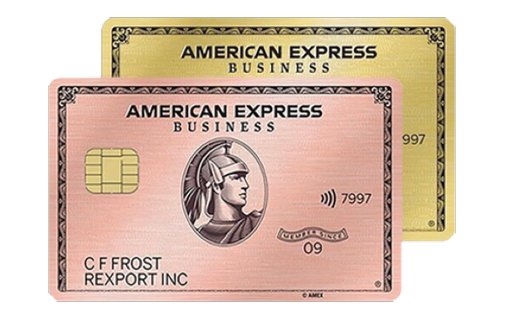


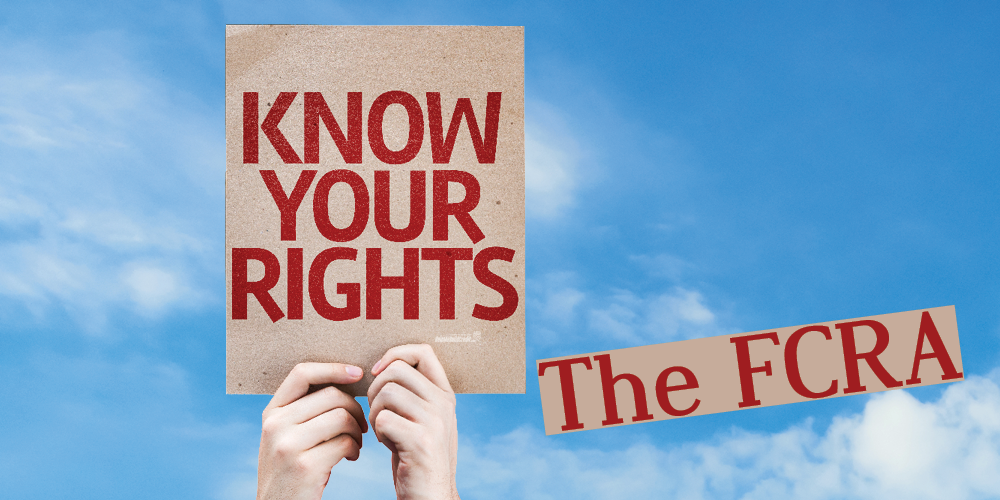
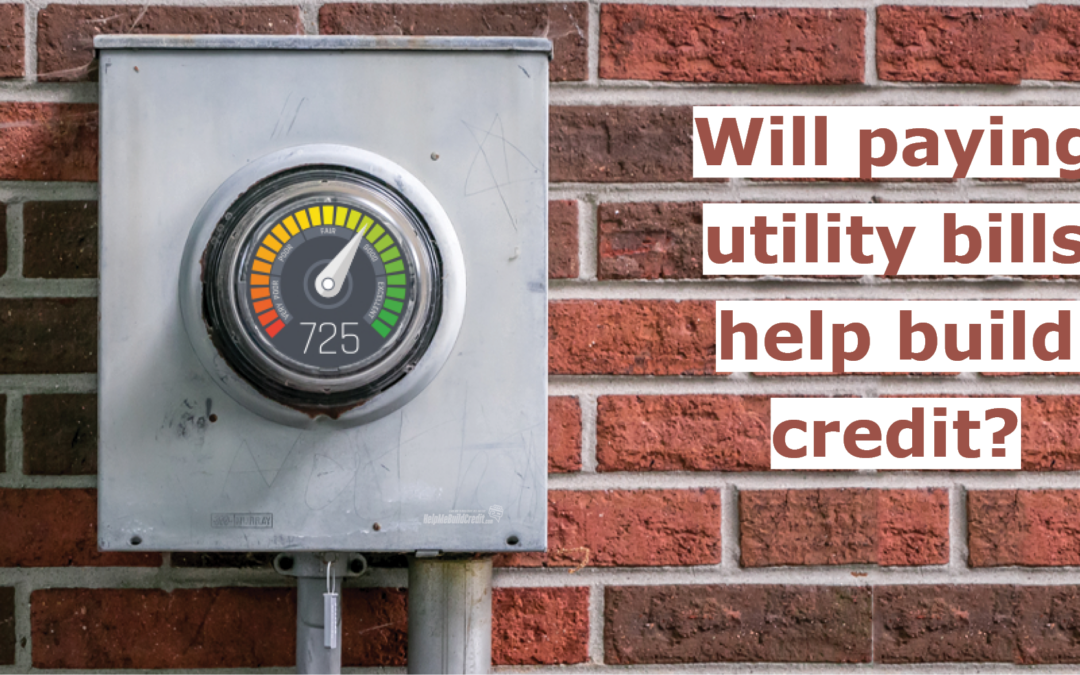
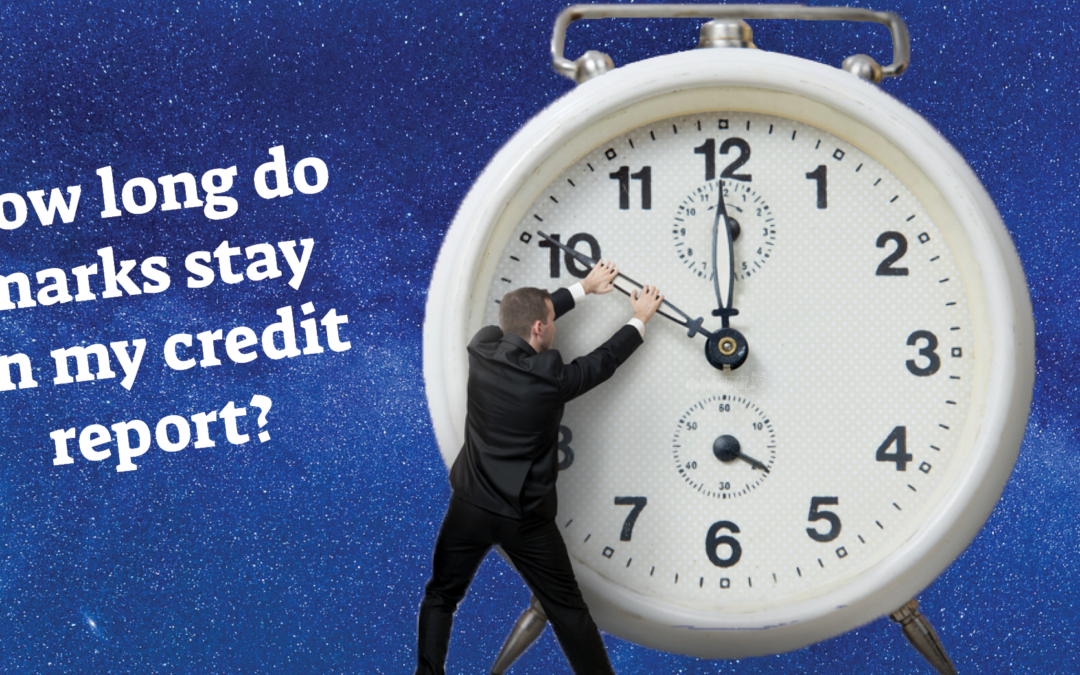
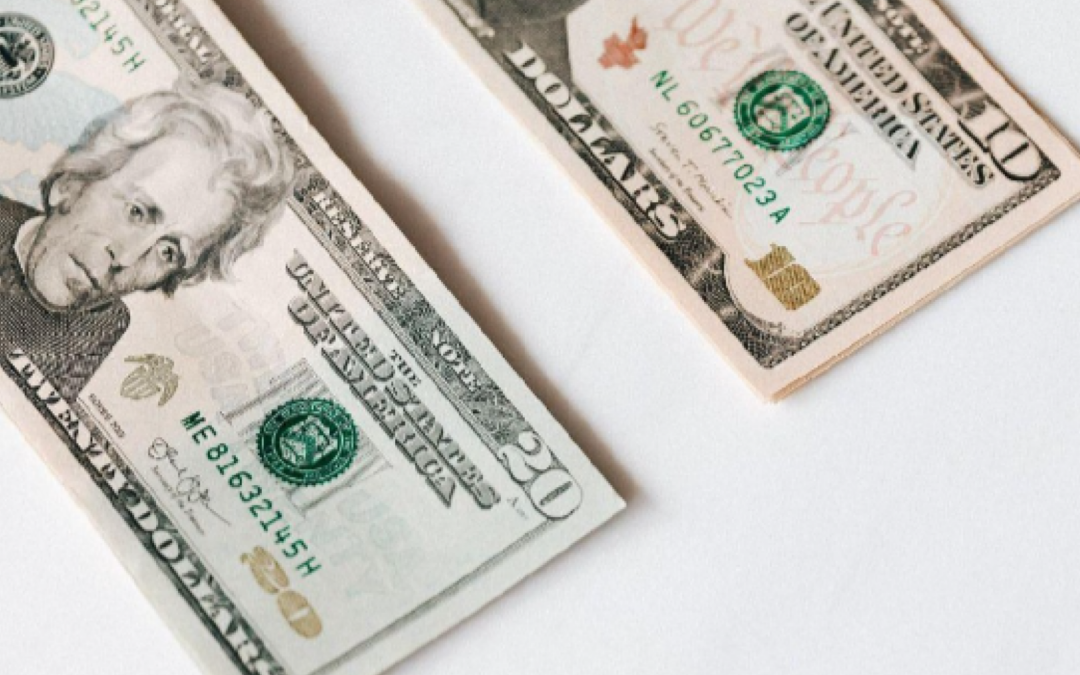

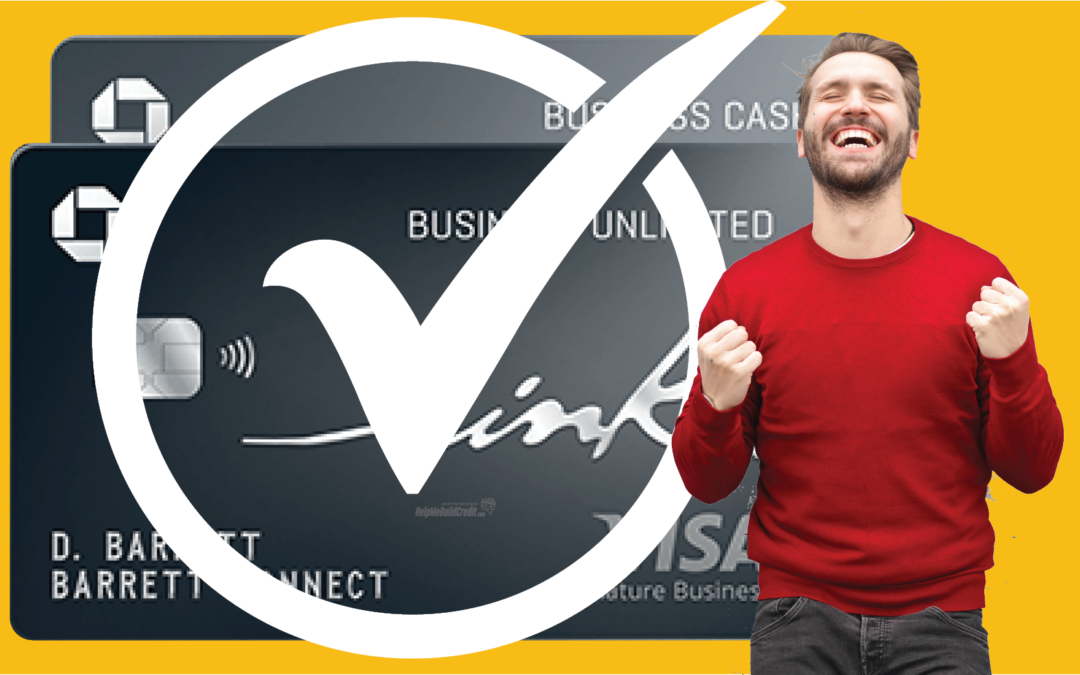
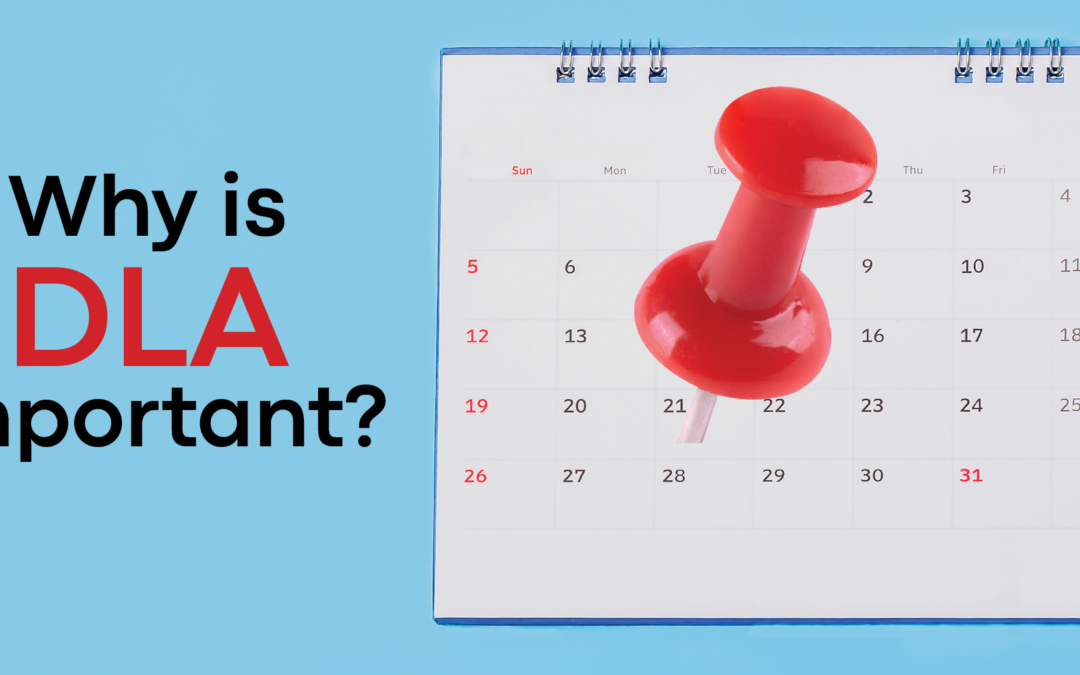
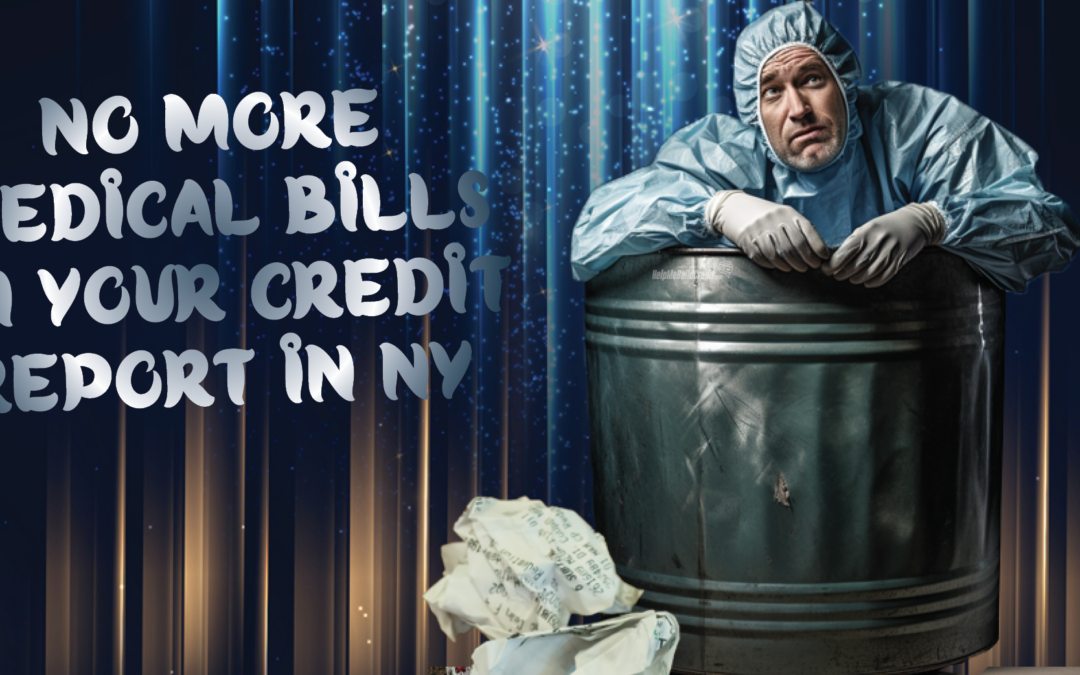


0 Comments